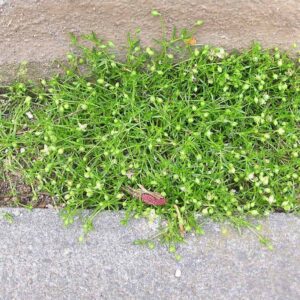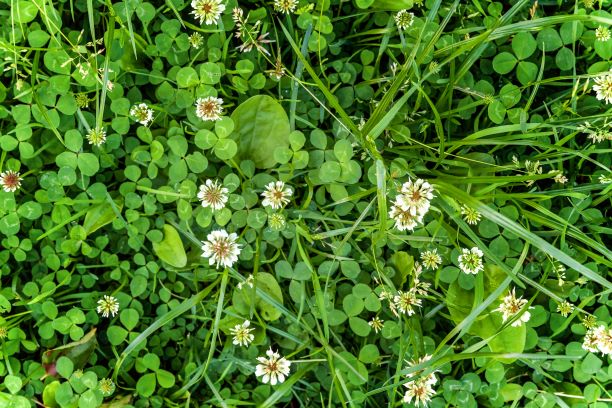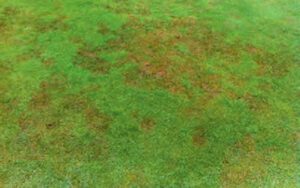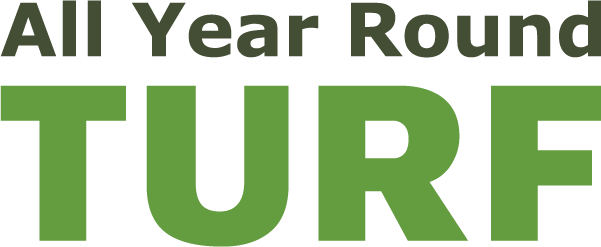When white clover invades, it can quickly overtake your lawn. This common weed, introduced as a forage crop, can be a real pain once it gets its roots into your lawn. If you’re looking at a white clover invasion, these tips from All Year Round Turf will help you restore your backyard to its former glory.
Identifying White Clover
White clover is a herbaceous perennial legume that forms clumps of trifoliate leaves – each leaflet shaped like a teardrop. The weed blooms with white flowers in autumn and spring. While the flowers might look pretty, they signify a growing clover problem on your lawn.
This broadleaf weed is often mistaken for its cousin, the strawberry clover, another common weed in Sydney lawns. However, unlike the strawberry clover, the white clover thrives even in low nitrogen conditions, as the plant can fix nitrogen from the air.
How to Control White Clover
The plant looks harmless, but its looks are deceiving as it can take over your lawn and crowd out any grass species. It’s hardy and tolerates close mowing and high heat. Additionally, the plant’s ability to fix nitrogen from the atmosphere makes it more challenging to balance nitrogen levels in the soil.
Manual Removal
If you notice white clover early on, it’s possible to stop the invasion quickly with manual removal of the weed. Use a broadleaf weed-digging tool to ensure you remove the entire plant and root.
Other manual methods involve regular care and maintenance of your lawn, including mowing, watering, and maintaining the nitrogen balance with optimal applications of fertilizer.
Chemical Control
If your white clover problem has grown beyond the capacity for manual removal, pre-emergent herbicide treatments containing the active ingredient Oxadiazon can prevent white clover from sprouting without harming the surrounding grass.
It’s important to apply any herbicides correctly to achieve good control of white clover. Always follow the product’s instructions and remember to ensure the safety of yourself and the environment when handling such chemicals.
Preventing White Clover Infestations
Prevention is always better than cure, especially when it comes to clover in lawns. Regular lawn care routines like appropriate watering, mowing, and fertilization, along with periodic overseeding, can help prevent clover from growing back.
Pre-emergent herbicides are the most efficient option, as they discourage weed germination. Apply them during spring or autumn for the best results.
Environmental Considerations
While it’s always nice to have a weed-free lawn, it’s important to remember that white clover isn’t all bad. It’s a source of nectar for bees and other pollinators and is still used around the world as a forage crop. However, if it’s impacting the aesthetic and health of your turf, taking action is necessary.
Controlling white clover might not be an easy task, but with a combination of diligent manual care, strategic use of herbicides, and preventive measures, you can reclaim your turf. Keep your lawn healthy, and the clover will have a tough time taking root.

How to Control Pearlwort in Your Lawn
Pearlwort (Sagina procumbens) is a widespread weed found in lawns along Australia’s eastern seaboard. It affects both warm- and cool-season grasses and behaves similarly to



